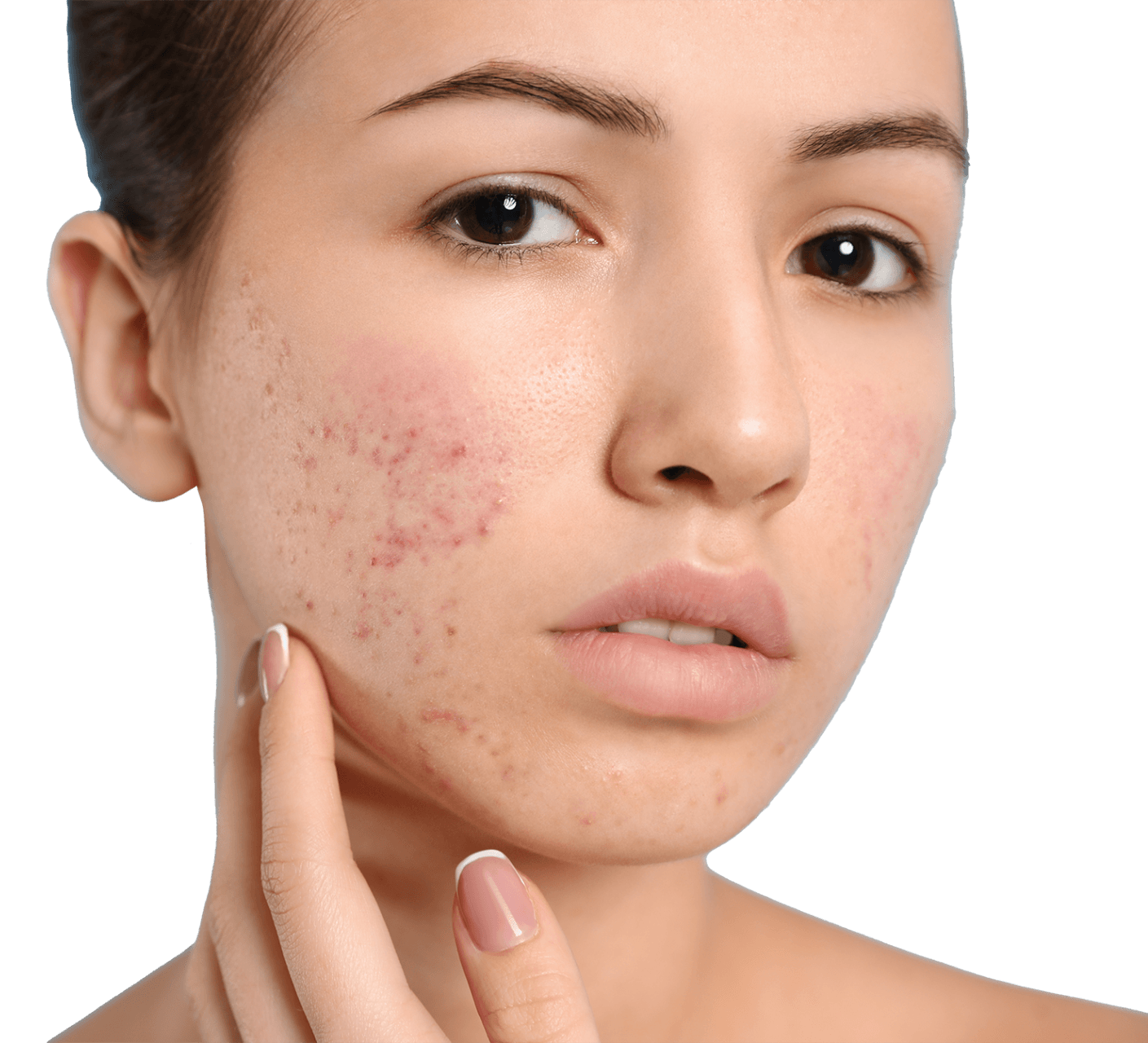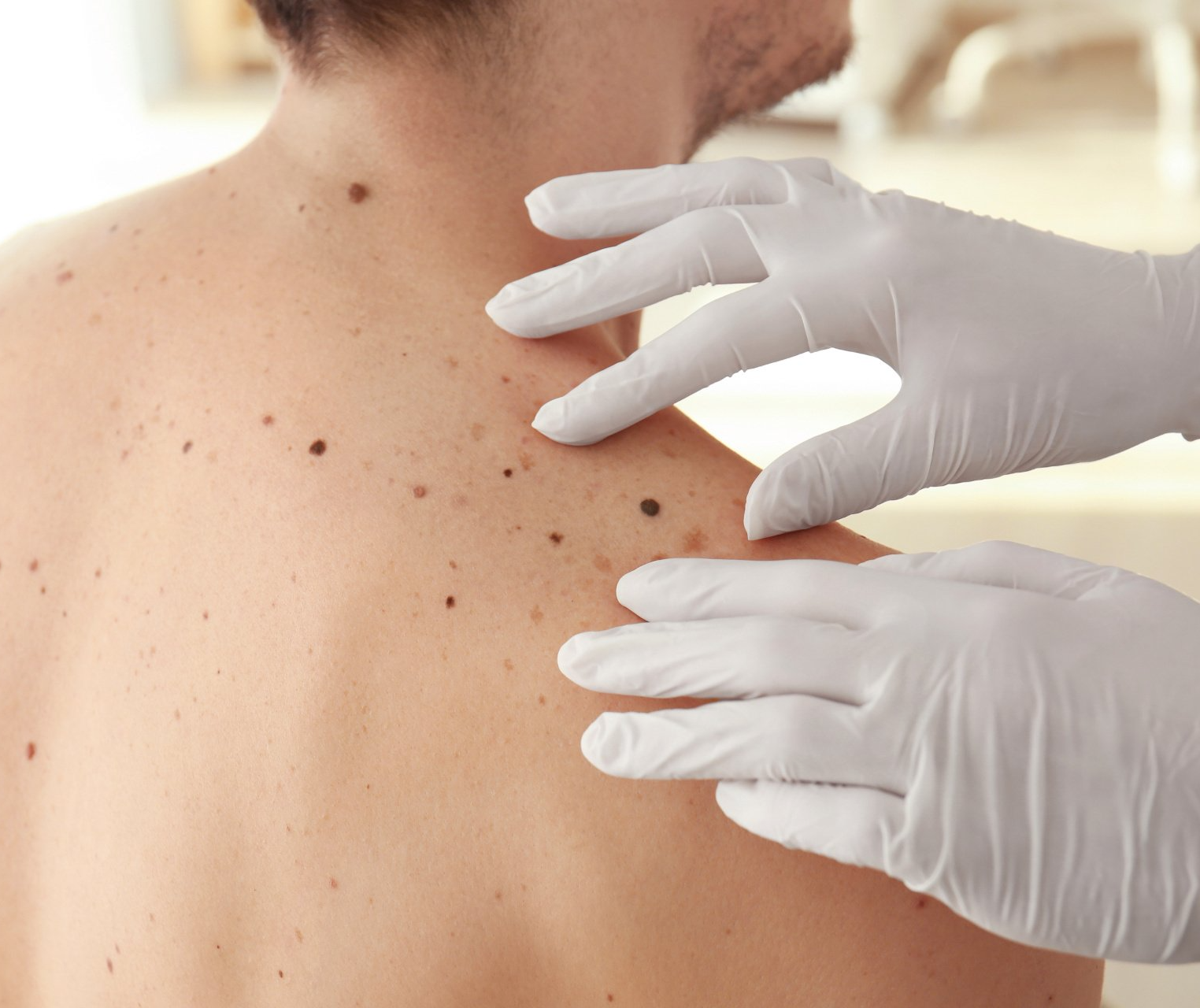Medical Dermatology
Services • Dermatology Associates of Oak Ridge, P.C.
Dermatology Associates of Oak Ridge offers a full array of dermatological services to help you maintain healthy skin. Read more about specific services below.
Services & Conditions Treated
Acne
Acne is the most frequent skin condition in the United States. It is characterized by pimples that appear on the face, back and chest. Every year, about 80% of adolescents have some form of acne and about 5% of adults experience acne.
Acne is made up of two types of blemishes:
- Whiteheads/Blackheads, also known as comedones, are non-inflammatory and appear more on the face and shoulders. As long as they remain uninfected, they are unlikely to lead to scarring.
- Red Pustules or Papules are inflamed pores that fill with pus. These can lead to scarring.

Causes of Acne
In normal skin, oil glands under the skin, known as sebaceous glands, produce an oily substance called sebum. The sebum moves from the bottom to the top of each hair follicle and then spills out onto the surface of the skin, taking with it sloughed-off skin cells. With acne, the structure through which the sebum flows gets plugged up. This blockage traps sebum and sloughed-off cells below the skin, preventing them from being released onto the skin’s surface. If the pore’s opening is fully blocked, this produces a whitehead. If the pore’s opening is open, this produces blackheads. When either a whitehead or blackhead becomes inflammed, they can become red pustules or papules.
It is important for patients not to pick or scratch at individual lesions because it can make them inflamed and can lead to long-term scarring.
Acne Treatment
Treating acne is a relatively slow process; there is no overnight remedy. Some treatments include:
- Benzoyl Peroxide — Used in mild cases of acne, benzoyl peroxide reduces the blockages in the hair follicles.
- Oral and Topical Antibiotics — Used to treat any infection in the pores.
- Hormonal Treatments — Can be used for adult women with hormonally induced acne.
- Tretinoin — A derivative of Vitamin A, tretinoin helps unplug the blocked-up material in whiteheads/blackheads. It has become a mainstay in the treatment of acne.
- Extraction — Removal of whiteheads and blackheads using a small metal instrument that is centered on the comedone and pushed down, extruding the blocked pore.
Moles (Nevi)
Moles are brown or black growths, usually round or oval, that can appear anywhere on the skin. They can be rough or smooth, flat or raised, single or in multiples. They occur when cells that are responsible for skin pigmentation, known as melanocytes, grow in clusters instead of being spread out across the skin. Generally, moles are less than one-quarter inch in size. Most moles appear by the age of 20, although some moles may appear later in life. Most adults have between 10 and 40 moles. Because they last about 50 years, moles may disappear by themselves over time.
Most moles are harmless, but a change in size, shape, color or texture could be indicative of a cancerous growth. Moles that have a higher-than-average chance of becoming cancerous include:

Congenital Nevi
Moles present at birth. The larger their size, the greater the risk for developing into a skin cancer.
Atypical Dysplastic Nevi
Irregularly shaped moles that are larger than average. They often appear to have dark brown centers with light, uneven borders.
Higher Frequency of Moles
People with 50 or more moles are at a greater risk for developing a skin cancer.
In some cases, abnormal moles may become painful, itchy, scaly or bleed. It's important to keep an eye on your moles so that you can catch any changes early. We recommend doing a visual check of your body monthly, including all areas that don't have sun exposure (such as the scalp, armpits or bottoms of feet).
Use the American Academy of Dermatology's ABCDEs as a guide for assessing whether or not a mole may be becoming cancerous:
- Asymmetry: Half the mole does not match the other half in size, shape or color.
- Border: The edges of moles are irregular, scalloped, or poorly defined.
- Color: The mole is not the same color throughout.
- Diameter: The mole is usually greater than 6 millimeters when diagnosed, but may also be smaller.
- Evolving: A mole or skin lesion that is different from the rest, or changes in size, shape, or color.
If any of these conditions occur, please make an appointment to see one of our dermatologists right away. The doctor may do a biopsy of the mole to determine if it is or isn't cancerous and/or may surgically remove it.

